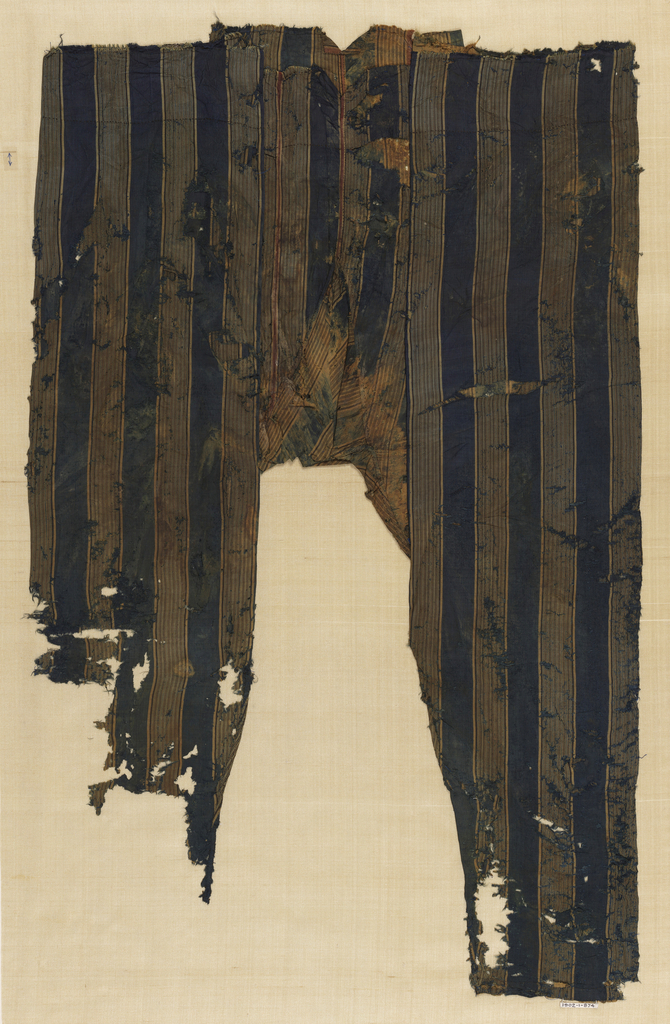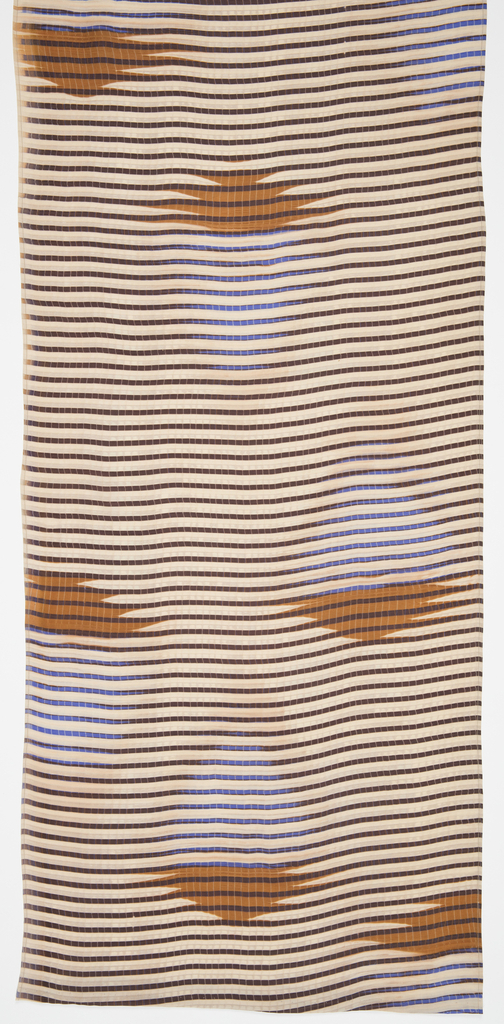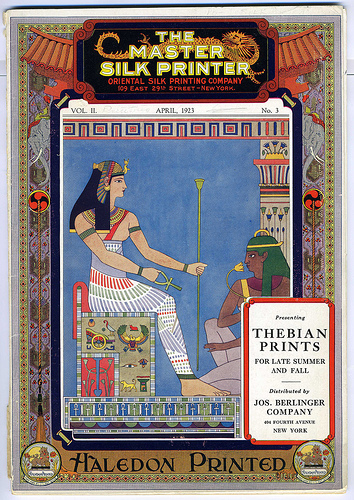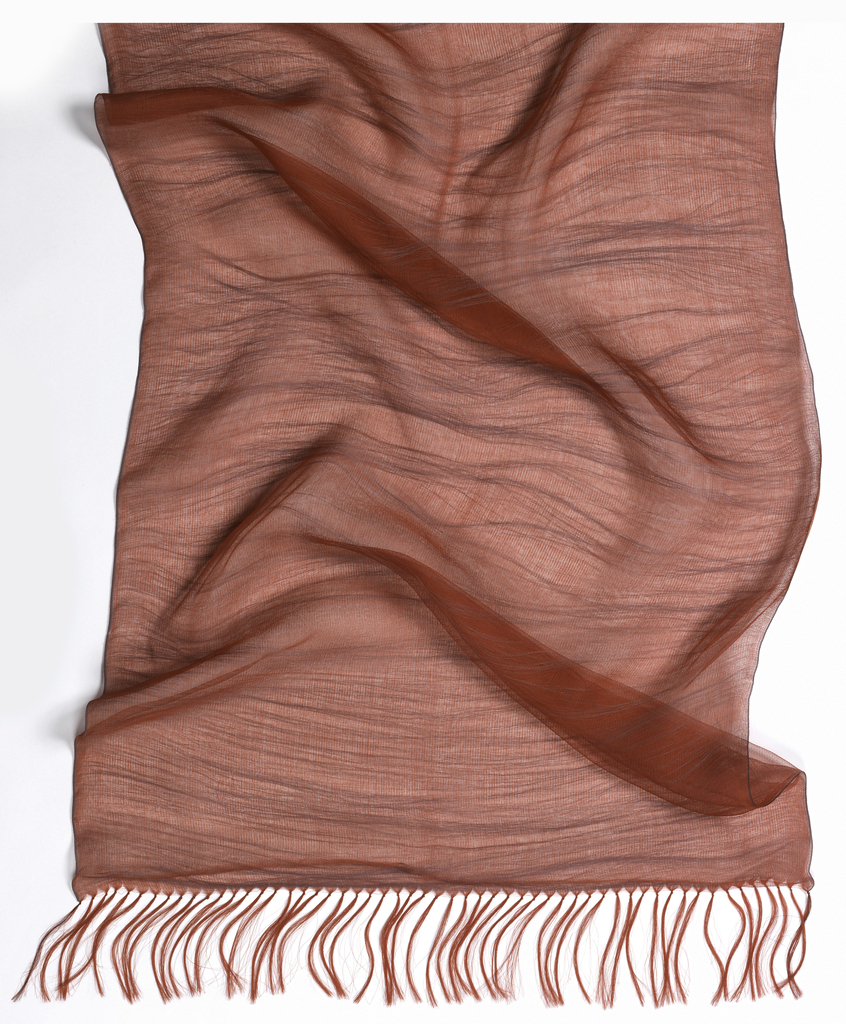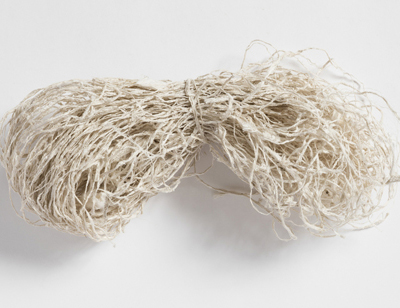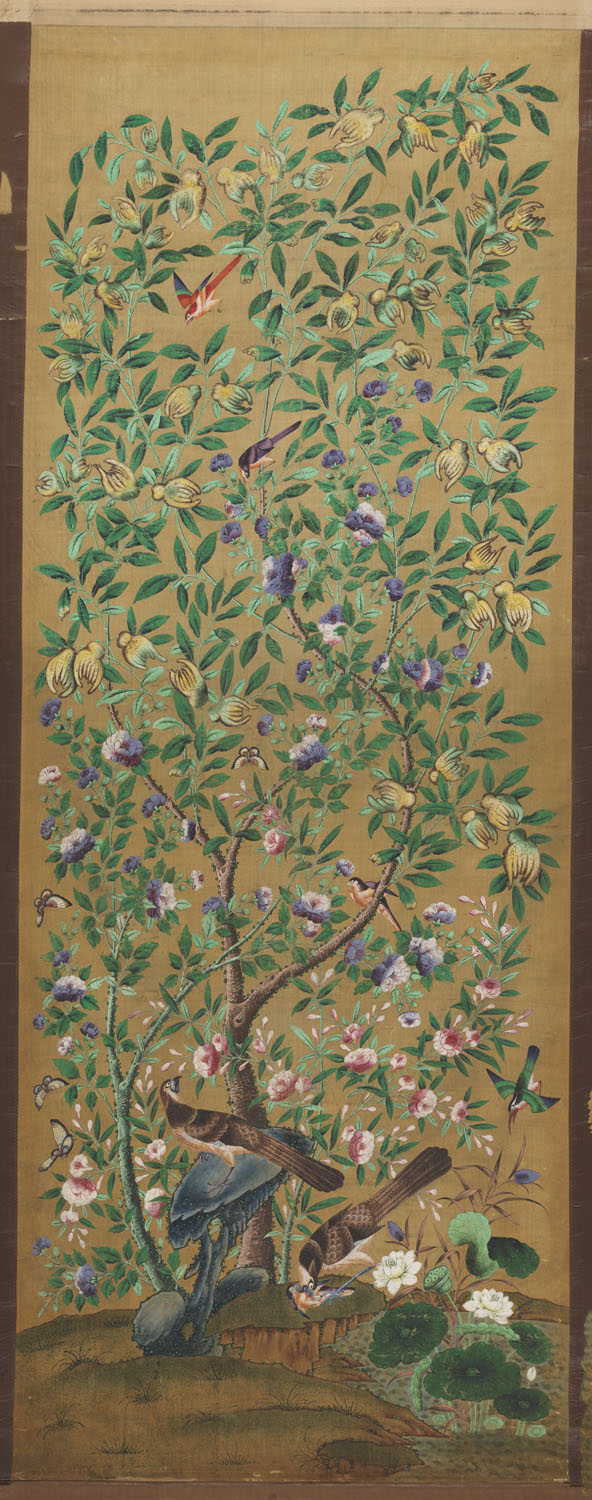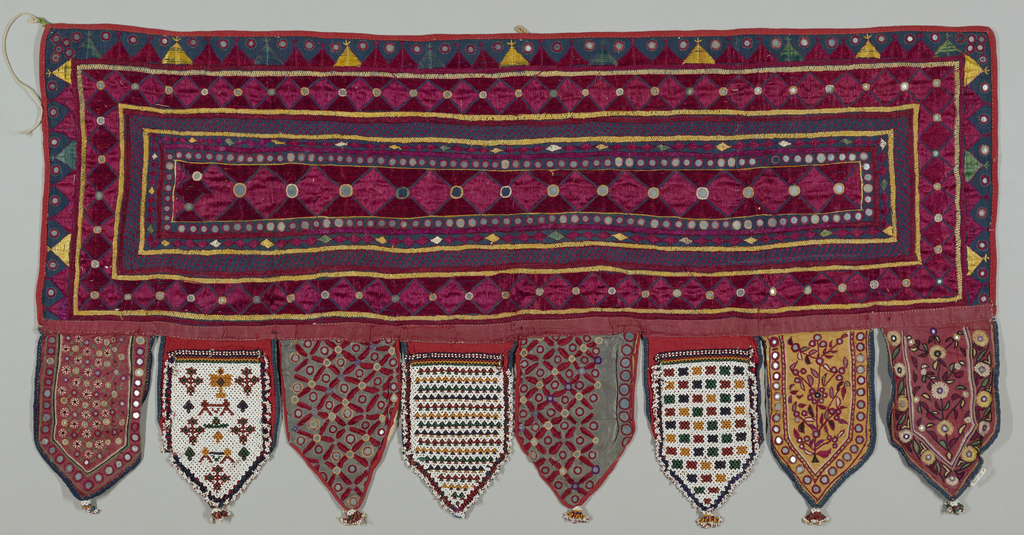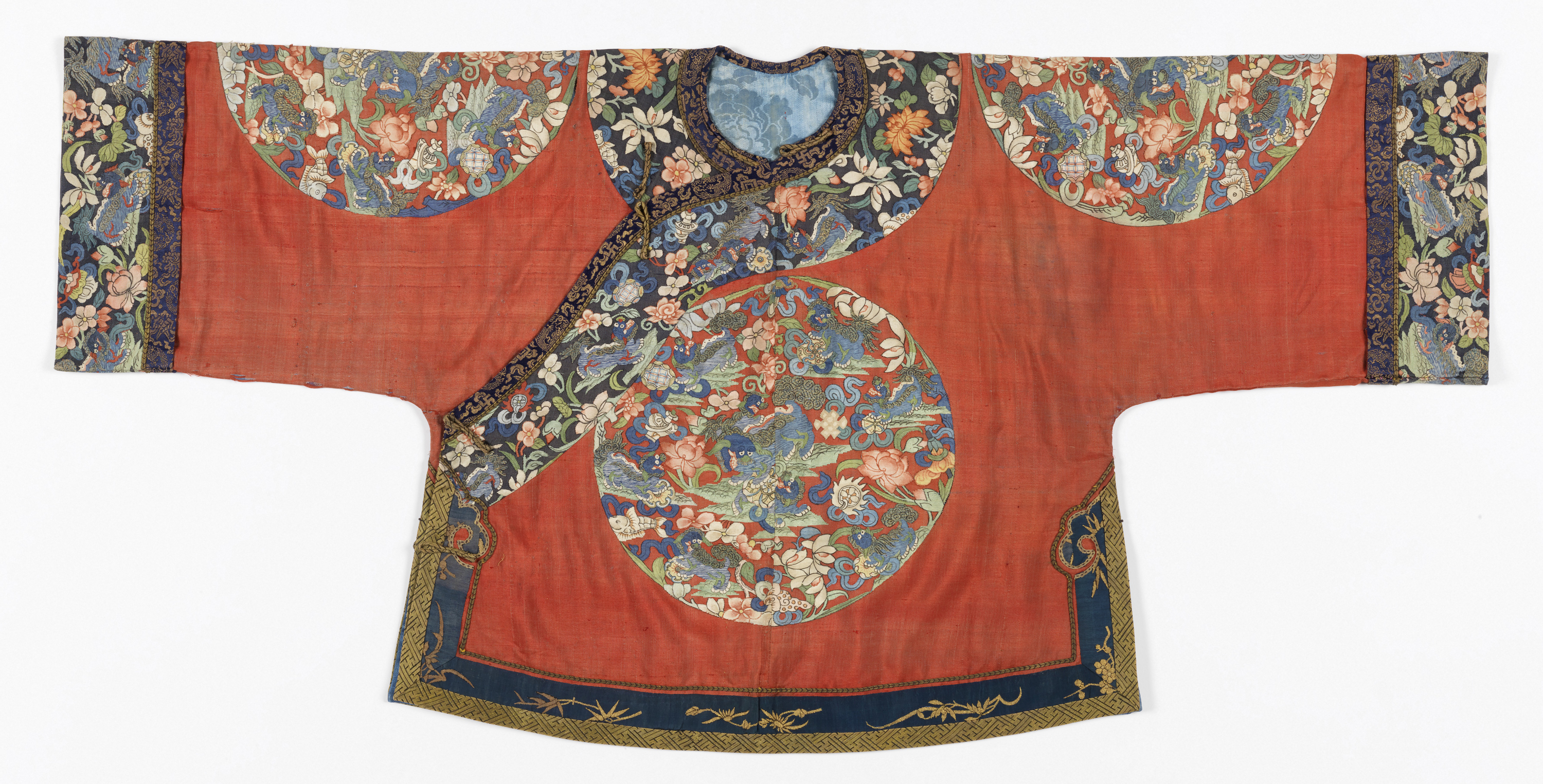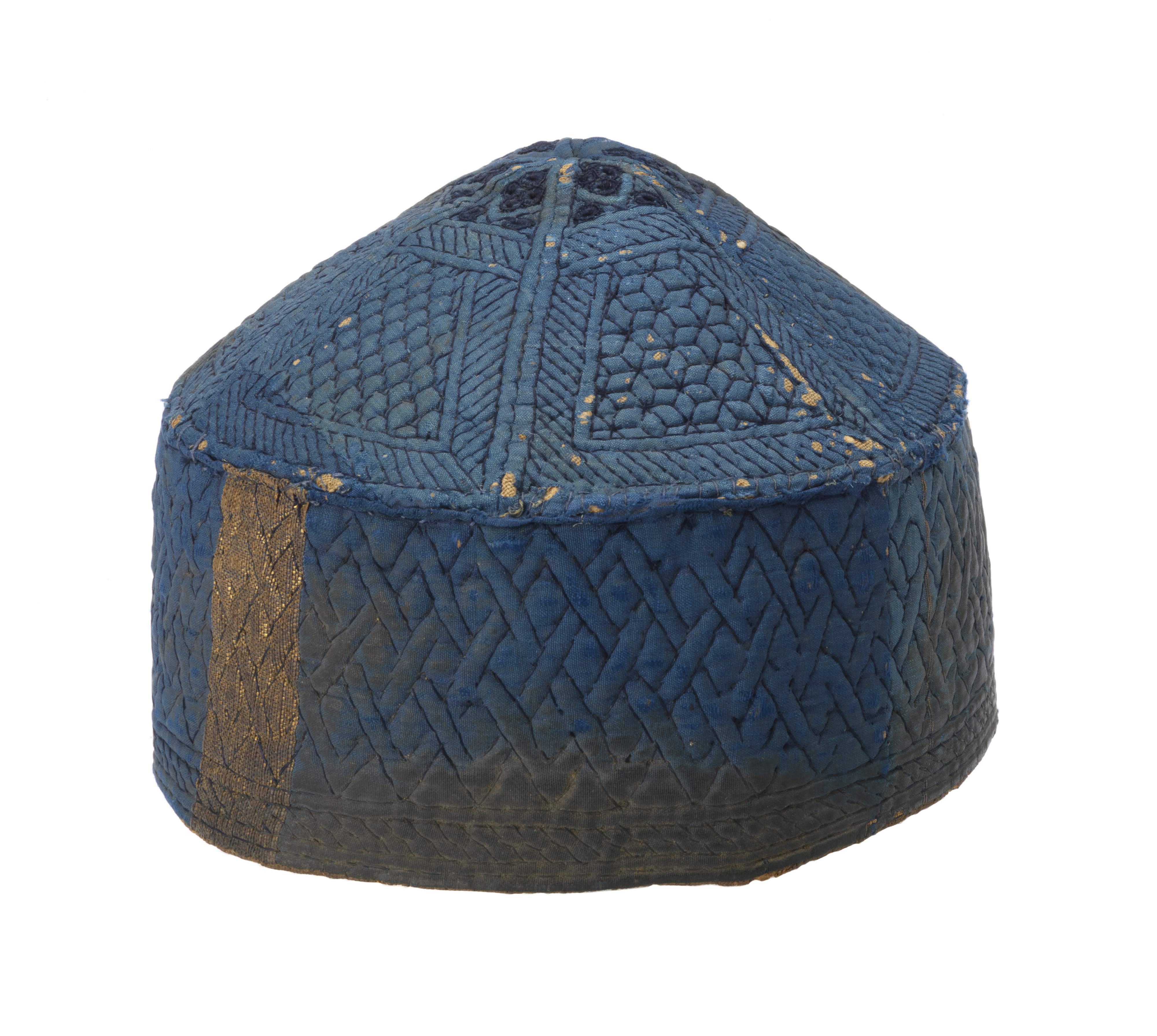Author: Elena Phipps September is New York Textile Month! In celebration, members of the Textile Society of America will author Object of the Day for the month. A non-profit professional organization of scholars, educators, and artists in the field of textiles, TSA provides an international forum for the exchange and dissemination of information about textiles...
Author: Pat Hickman September is New York Textile Month! In celebration, members of the Textile Society of America will author Object of the Day for the month. A non-profit professional organization of scholars, educators, and artists in the field of textiles, TSA provides an international forum for the exchange and dissemination of information about textiles...
Elizabeth Broman discusses the 1920s trade catalogue The Master Silk Printer.
Airy Weave is an excellent example of technologically innovative contemporary Japanese textiles. It is a triple layer silk fabric woven on a jacquard loom with a middle layer that has no warp, which allows the weft threads to float independently of the two outer layers. The resulting structure highlights the textile’s dimensionality and movement, as...
I recently had the pleasure of photographing two rather large window shades that had never really been viewed before, due to their large size and fragile nature. These are part of a group of four shades, with each being contained in a rather simple but elegant wood cornice. The two shades that were photographed had...
The toran is a frieze hanging named after a sacred gateway in Hindu, Jain, and Buddhist architecture. In the Gujarati communities of western India, a toran is hung above the doorway to the main room of the house as a sign of welcoming. This particular toran appears to be in the Kathipa style, recognizable by...
The Qing imperial rulers (1644-1911) were of Manchu ethnicity, and ruled over a mostly Han population. For centuries, Manchu women were required to wear long one-piece robes and Han women two-piece outfits that included a jacket and skirt. Featuring elements of both traditions, this Manchu jacket demonstrates the increasing fusion of these fashions in the...
This cap was used in Mamluk Egypt, a period during which textiles were perhaps the most precious items in Islamic society. Its finely-woven blue silk fabric is interlaced with ‘strap gold’: strips of membrane coated with real gold foil, making it among the most expensive and desired fabric types in Egypt at this time. The...
